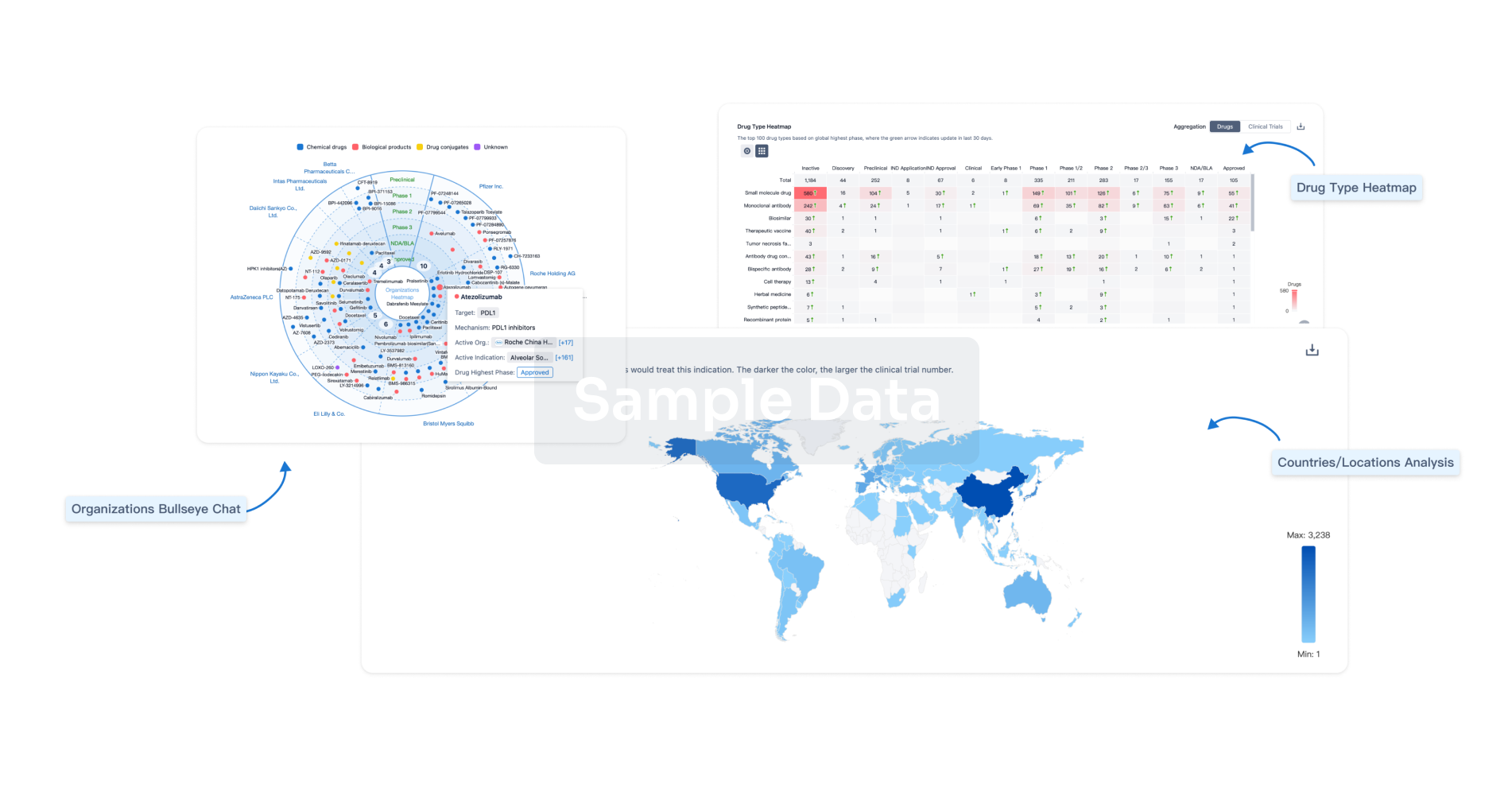Roche is continuing to study trontinemab in a phase 1b/2a trial.\n Roche has reported preliminary results on its Alzheimer’s disease prospect trontinemab. An early look at the phase 1b/2a data showed amyloid levels fell below a disease threshold in 81% of patients after 28 weeks.The Swiss drugmaker has identified the speed at which amyloid is lowered, plus the ability to get levels below the disease threshold early, as factors that are key to delivering clinically meaningful benefits. That view is informed by data on the first wave of successful anti-amyloid-beta antibodies. Roche is hoping to improve on those molecules by pairing its antibody with technology for crossing the blood-brain barrier, a key challenge in this type of drug development.Thursday, April 3, Roche shared preliminary data on trontinemab at the AD/PD 2025 International Conference on Alzheimer’s and Parkinson’s Diseases. The update covered 114 participants who received 1.8 mg/kg or 3.6 mg/kg of the antibody in the double-blind period of the study.Roche focused on 26 patients who received the 3.6-mg/kg dose in its press release about the results. In that cohort, 21 people had amyloid levels below the 24-centiloid threshold after receiving trontinemab once every four weeks for 28 weeks. Dementia experts consider 24 to 30 centiloids as the cutoff for the use of anti-amyloid therapies, and drug developers use the bottom end of the range to assess molecules. A phase 2 trial of Eli Lilly’s donanemab, which is now sold as Kisunla, found 40% of patients had centiloid levels of below 24.1 after 24 weeks. Lilly enrolled more patients than Roche, and differences between the trials could affect the reliability of any comparisons. With that caveat, trontinemab looks competitive in terms of the speed at which it lowers amyloid.Roche said its amyloid data were reinforced by “early and significant reductions” in biomarkers such as total tau, phosphorylated Tau (pTau)181, pTau217 and neurogranin measured in cerebrospinal fluid and plasma. Three out of the 114 patients had amyloid-related imaging abnormalities-edema/effusion. One case was associated with mild symptoms. Roche reported a death in the study last year.The company is continuing to study trontinemab in the phase 1b/2a trial. Multiple other companies are pursuing rival approaches for getting drugs across the blood-brain barrier, with AbbVie, Bristol Myers Squibb and Eli Lilly all inking deals to access technology.



